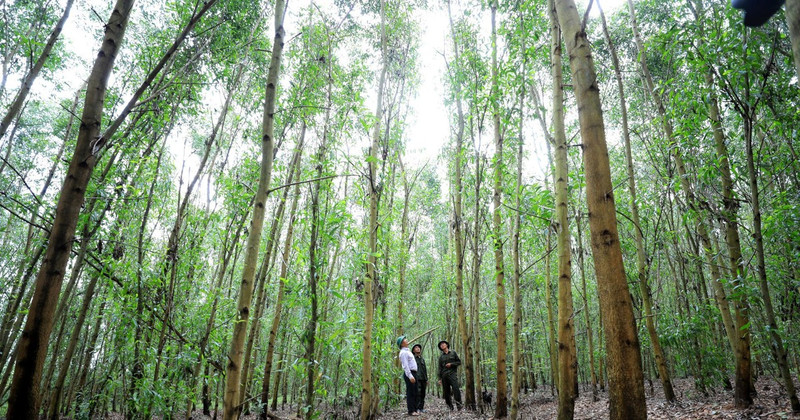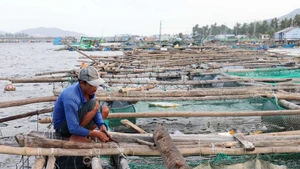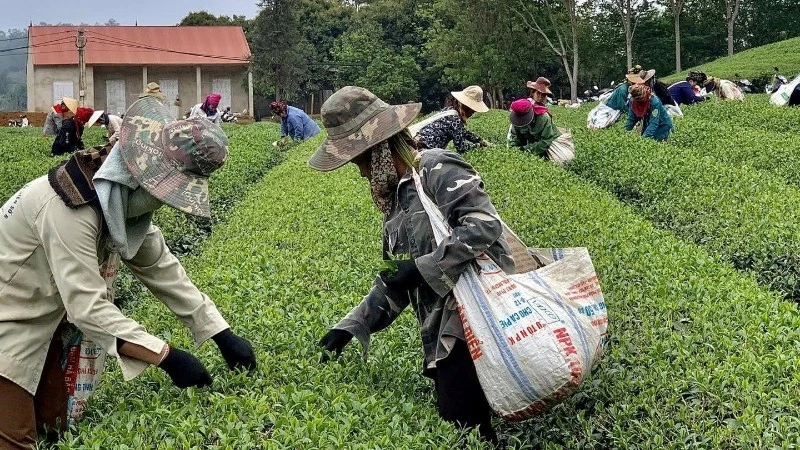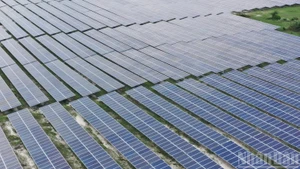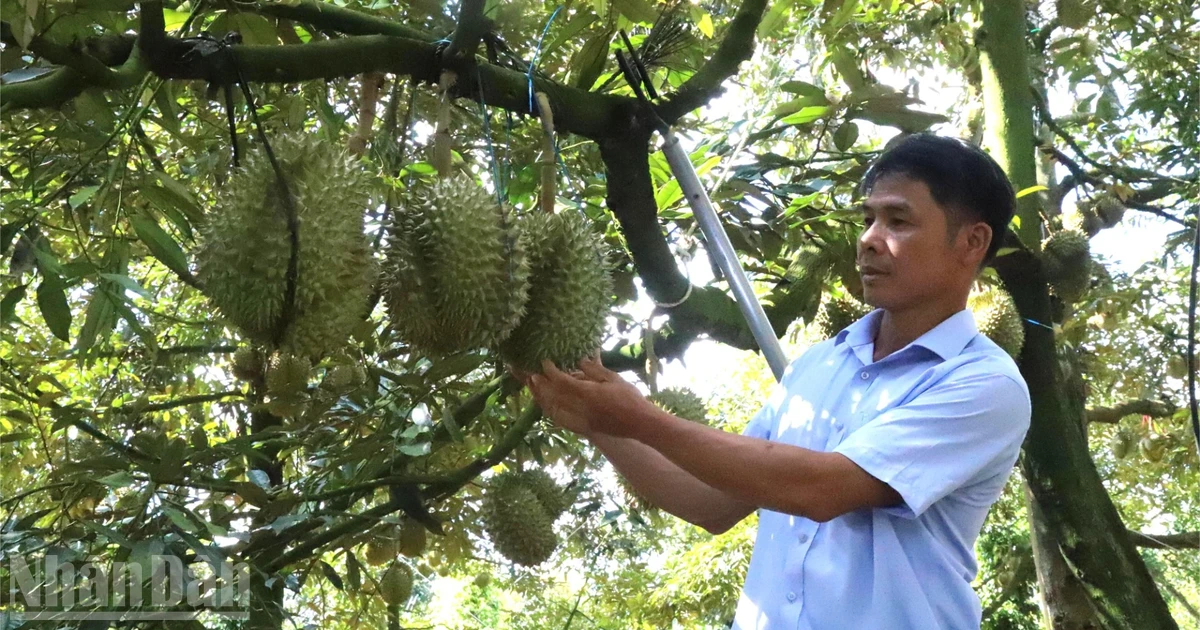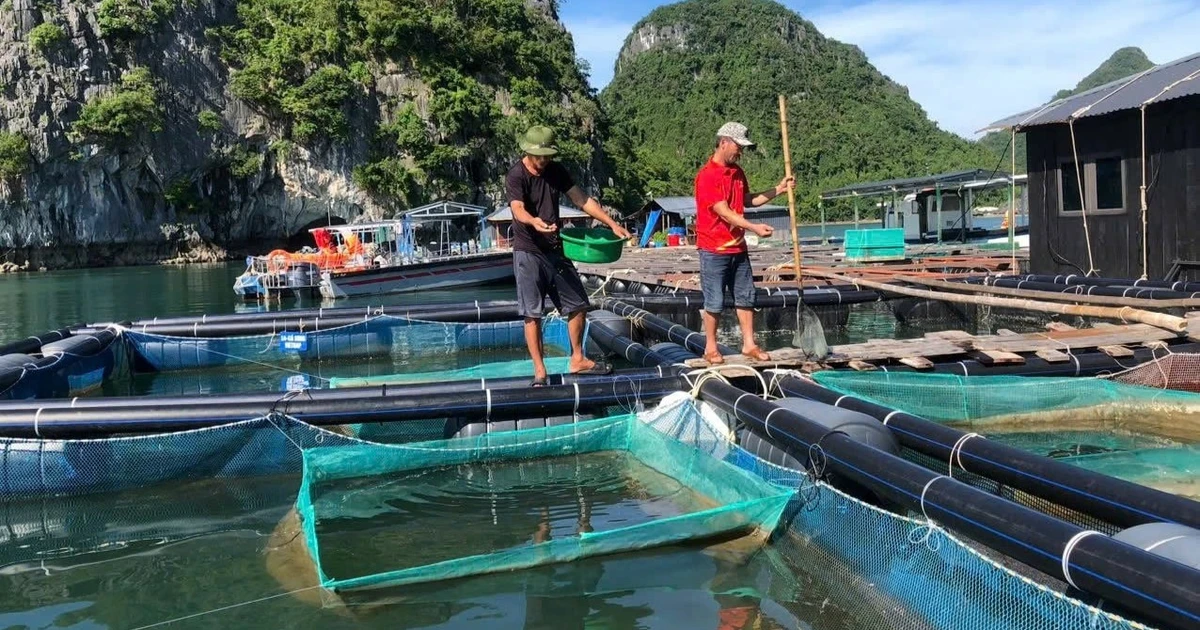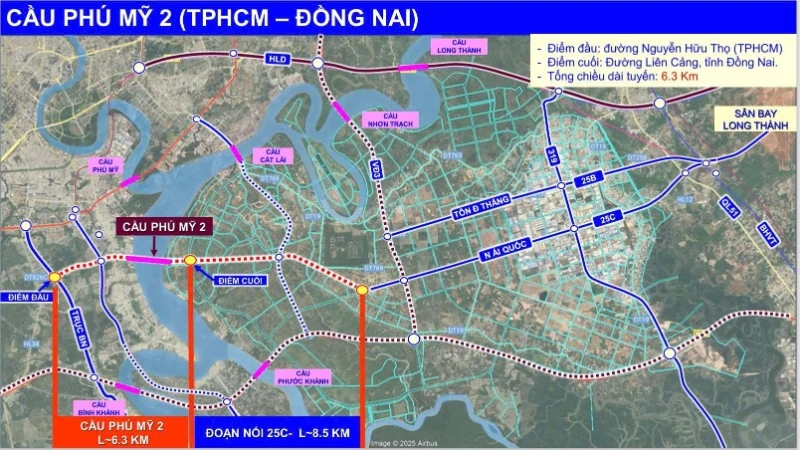Focusing investment on raw material areas
According to the Vietnam Timber and Forest Products Association (VIFOREST), domestic enterprises harvest approximately 22-23 million cubic metres of plantation timber annually. To date, more than 500,000 hectares of forest across the country have been certified for sustainability under the FSC (Forest Stewardship Council) or PEFC (Programme for the Endorsement of Forest Certification) standards. The forestry sector aims to achieve 1 million hectares of certified sustainable plantation forests by 2030.
To facilitate businesses in accessing a transparent and modern management system that complies with international regulations, the Government has issued Decree No. 120/2024/ND-CP, amending and supplementing certain provisions of Decree No. 102/2020/ND-CP on the "Vietnam timber legality assurance system". This decree expands the classification of enterprises to include those involved in plantation forestry, timber harvesting and supply, processing, import, and export.
Tran Quang Bao, Director General of the Forestry and Forest Protection Department (under the Ministry of Agriculture and Environment), stated that in addition to establishing high-tech processing zones, expanding export markets, and proactively promoting trade and products, the timber industry must pay greater attention to investing in raw material areas. Therefore, efforts should focus on developing large-scale plantation forests, sustainably managed forests, and forests certified for legality. In preparation for the annual afforestation plan, more than 205 million forestry seedlings have been produced nationwide, with over 19,000 hectares of concentrated forests planted and more than 13,000 scattered trees cultivated.
Advanced forest management models applied
In sustainable forest development efforts, many localities have planted forests and adopted advanced management models. Specifically, Nghe An Province aims to establish a high-quality genetic seedling system by 2030 to ensure a proactive supply of planting materials for afforestation.
As planned, the province will meet the demand for forest seedlings with approximately 41.5 million seedlings annually (including scattered trees) and about 1.5–2 million seedlings of non-timber forest products planted under forest canopies. The province is focusing on conserving the genetic resources of rare and valuable native tree species to provide initial materials for propagation and breeding for commercial production.
Nguyen Danh Hung, Deputy Director of the Nghe An Provincial Department of Agriculture and Environment, stated that the province has been strengthening state management, inspection and control of seedlings’ quality and the production, supply and use of forestry seedlings in compliance with regulations. At the same time, Nghe An encourages economic sectors to participate in seedling production to supply high-quality seedlings for concentrated afforestation, linked to the forest product production, processing, and trade chain.
Tuyen Quang has the highest forest coverage in the country, with a rate exceeding 65%. Identifying forestry as a key economic sector, the province aims for an annual forestry economic growth rate of over 4% by 2025, with plantation forest productivity reaching 120 cubic metres per hectares per cycle. The locality also plans to harvest 10,000 hectares of forest, yielding 1.2 million cubic metres of timber.
The province targets planting over 10,000 hectares of new forests in 2025, including 9,700 hectares of concentrated forests and 400 hectares of scattered trees. To ensure afforestation progress, local authorities have assigned quotas to districts and forest owners and instructed specialised agencies to coordinate with localities in encouraging households to register land areas for afforestation planning and land preparation.
Regarding seedling preparation, forestry enterprises and seedling production facilities have prepared about 20 million high-quality seedlings to meet public demand. Additionally, the province is expediting the harvesting of mature forest areas and implementing the principle of "harvest and replant immediately".
In 2024, Lai Chau Province successfully planted over 2,000 hectares of new forest and initiated the regeneration of 7,000 hectares, increasing the total regenerated forest area to more than 34,000 hectares. Moving forward, the province will continue prioritising forestry as a key driver of socio-economic development. In 2025, Lai Chau plans to strengthen forest development and use, regulate forestry seedling management, and ensure compliance in forest planting and verification processes.
According to the Hoa Binh Provincial Forest Protection and Environment Sub-Department, by the end of 2024, the province had produced over 22 million seedlings for afforestation (138% of the planned target), planted 734 hectares of concentrated forests, and cultivated 251,000 scattered trees. In 2025 and beyond, the forestry sector will develop and implement a sustainable forest economy strategy, working with various agencies and local governments to protect forest land and natural forests. Additionally, production forests will be developed alongside medicinal plant cultivation and livestock farming under forest canopies to create stable employment opportunities for local communities.
The Ministry of Agriculture and Environment has directed the forestry sector to expand concentrated production forests for large-timber supply, ensuring a stable raw material source for domestic processing, consumption, and export. This initiative aims to improve forest growers' incomes, protect the ecological environment, enhance climate change adaptation, and mitigate natural disasters.
To achieve this goal, the forestry sector will review available land and existing small-timber production forests for reforestation and conversion to large-timber forests. Simultaneously, an assessment of current production forests will be conducted based on tree species, age, and soil type to facilitate this transition.
As a long-term strategy, forestry production will be organised through integrated supply chains, linking afforestation entities with processing and distribution businesses while ensuring sustainable forest management and certification compliance. Additionally, policies will be developed to attract and mobilise socialised capital from organisations, individuals, and enterprises for intensive afforestation. The ultimate objective is to transition small-timber production forests into large-timber forestry, creating a stable and sustainable raw material supply to support the wood processing industry efficiently.
